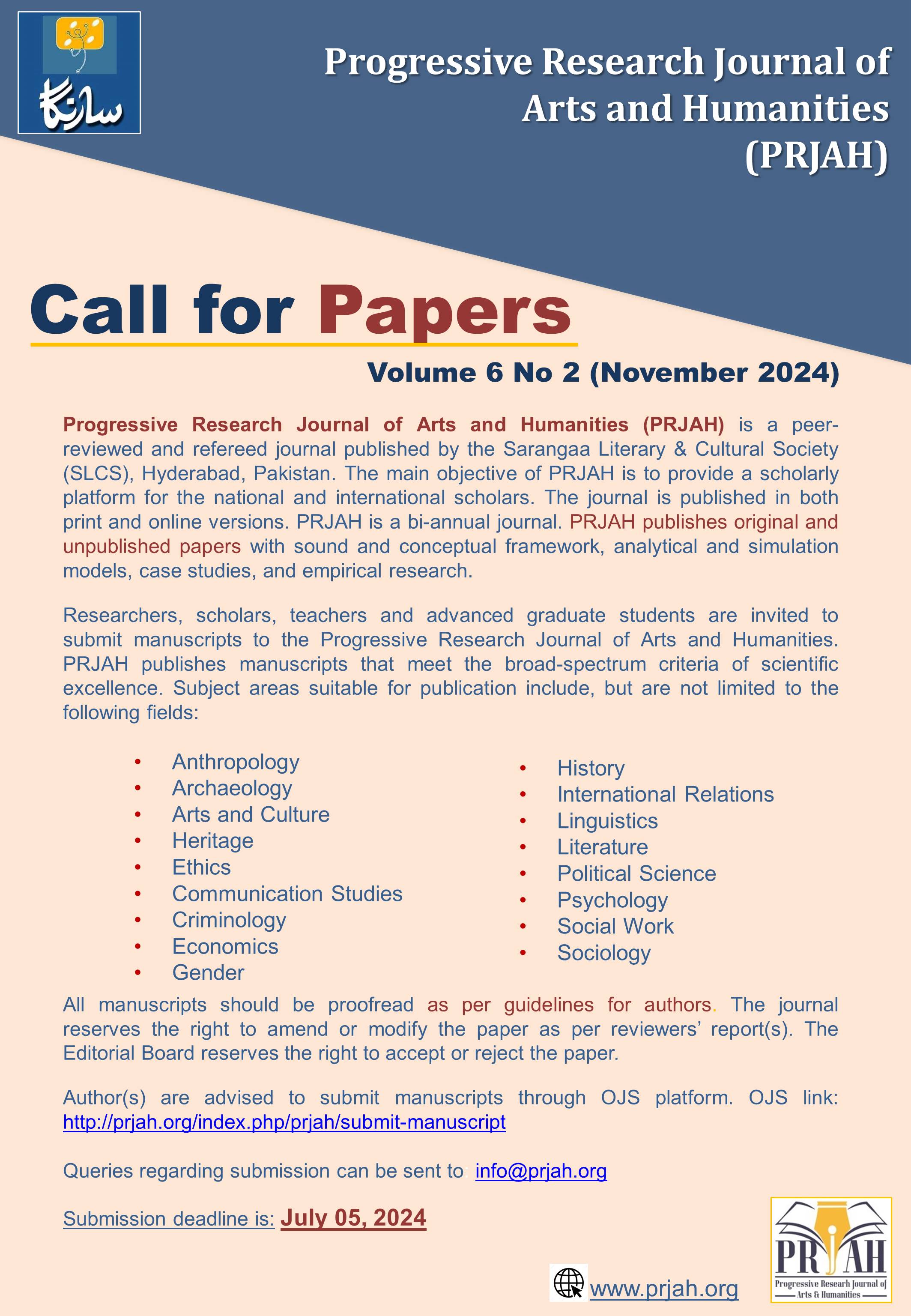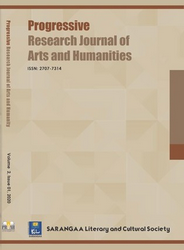A Comparison of the Lasi language with English
DOI:
https://doi.org/10.51872/prjah.vol3.Iss2.164Keywords:
Word Order; Lasi; Sindhi; English; Dialect; LanguageAbstract
Languages can be similar in sharing and transferring meanings/ideas, but they may be the different in their word order. The word order of English is subject-verb-object, while the word order of Lasi and Sindhi is subject-objectverb. This study explores out and compares the word order in Lasi and English at the sentence level. We can see a plenty of work on the structure of Pakistani languages. However, there is very less, almost zero work on Lasi’s word order. Thus, this study compares the word order of English and Lasi. The data for the current study acquire through unstructured interview from native speakers of Lasi. Firstly, the word order of Lasi and Sindhi have been compared via the rules of word order of standard Sindhi. Secondly, the study compares the word order of Lasi and English through the theory of word order universals (Greenberg, 1963). The study finds that Lasi and Sindhi use SOV word order, whereas English uses SVO. The SOV word has been followed in the written and violated in spoken form; the natives do not usually follow this word order while speaking. However, this violation does not affect form and meaning of sentences; it is equally well- accepted like the written form.







